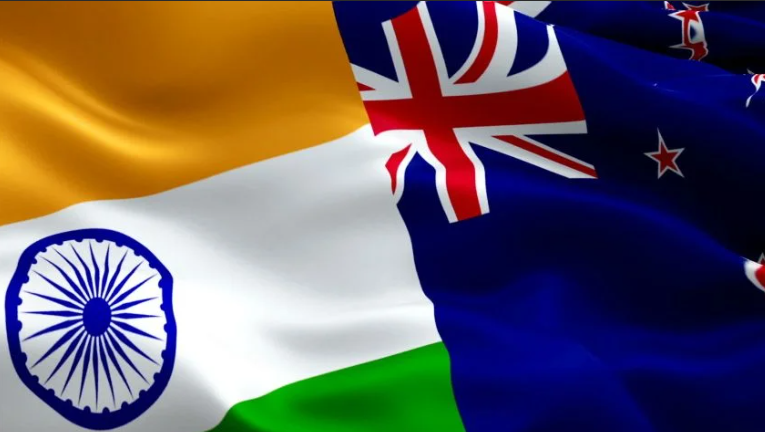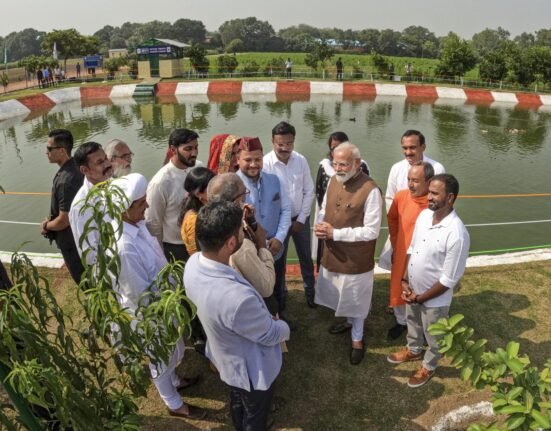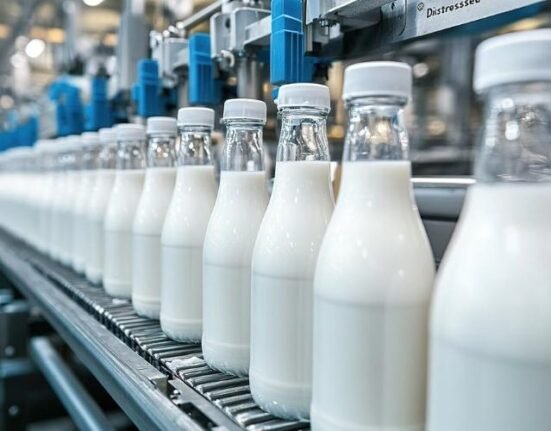New Zealand’s dairy sector is cautiously optimistic about the revival of Free Trade Agreement (FTA) discussions with India. As Prime Minister Christopher Luxon arrives in New Delhi, trade negotiations gain momentum under the banner of the Comprehensive Free Trade Agreement (CFTA).
This marks the first bilateral trade negotiation between the two countries since 2016, when talks collapsed over New Zealand’s demand for dairy access to India—the world’s largest dairy producer and consumer.
Kimberly Crewther, CEO of the Dairy Companies Association of New Zealand (DCANZ), emphasized the importance of dairy trade between both nations.
“It is encouraging to see both sides committing to a comprehensive agreement. Dairy is a sensitive topic, but the negotiating table is the right place to discuss it.”
India’s Dairy Market: A Fortress or an Opportunity for NZ?
India’s dairy industry is not just self-sufficient but also the backbone of rural livelihoods, with over 70 million farmers engaged in milk production. The country produced 230 million metric tons of milk in 2023, with cooperative giants like Amul and Nandini leading the sector.
New Zealand, home to Fonterra, the world’s largest dairy exporter, has long sought access to India’s market. However, its previous attempts, including Fonterra’s Dreamery joint venture, failed due to high tariffs (ranging from 30-60%) and India’s push for dairy self-reliance.
Jordbrukare India’s analysis highlights three key factors shaping this FTA’s potential impact:
1. India’s Growing Dairy Demand vs. Production Challenges
While India currently meets domestic demand, a potential production shortfall is expected within 7–10 years due to rising consumption and climate challenges affecting fodder availability.
Crewther noted:
“India’s emerging middle class, expected to double to 700 million by 2030, is demanding high-quality dairy products, functional nutrition, and premium ingredients.”
2. New Zealand’s Niche Advantage: Whey Proteins & Specialized Dairy
NZ’s dairy expertise lies in high-value dairy ingredients such as whey protein concentrates (WPCs), which are widely used in nutrition, sports supplements, and even as an egg replacement in India’s vegetarian food industry.
“Unlike New Zealand, India does not produce whey protein at scale because it is a by-product of hard cheese manufacturing, which is uncommon there.”
3. Tariffs & Trade Barriers: The Biggest Hurdle
India remains protective of its dairy industry, maintaining high import tariffs and stringent regulatory norms to shield local farmers. This aligns with the government’s “Atmanirbhar Bharat” (Self-Reliant India) initiative, which prioritizes domestic dairy over imports.
Amul’s chairman had previously remarked:
“India does not need foreign milk. We are self-sufficient, and our farmers’ interests come first.”
However, New Zealand remains hopeful that duty relaxations on select dairy ingredients, such as protein isolates and whey derivatives, could be negotiated.
Beyond Dairy: Knowledge Exchange & Dairy Tech Collaboration
Despite trade barriers, India and New Zealand share deep historical dairy ties. Dr. Verghese Kurien, the father of India’s White Revolution and founder of Amul, was trained in New Zealand on a dairy industry fellowship.
Crewther highlighted the potential for greater collaboration:
“There is significant potential for collaboration in agritech, dairy genetics, and sustainable dairy farming. NZ has a role in supporting India’s dairy efficiency goals without threatening local producers.”
Final Thoughts: Is an India-NZ Dairy Partnership Possible?
The India-New Zealand FTA negotiations signal an evolving approach to dairy trade, ingredient imports, and knowledge-sharing. However, India is unlikely to open its market to foreign milk or bulk dairy products anytime soon.
Jordbrukare India’s take:
✅ Possible outcomes: Limited tariff relaxations on niche dairy products like whey proteins.
🚫 Unlikely: Large-scale dairy imports disrupting India’s self-sufficient dairy economy.
For New Zealand, the key will be strategic partnerships rather than direct competition with India’s dairy giants. For India, selectively leveraging NZ’s dairy expertise without compromising its farmer-first policy will be critical.







